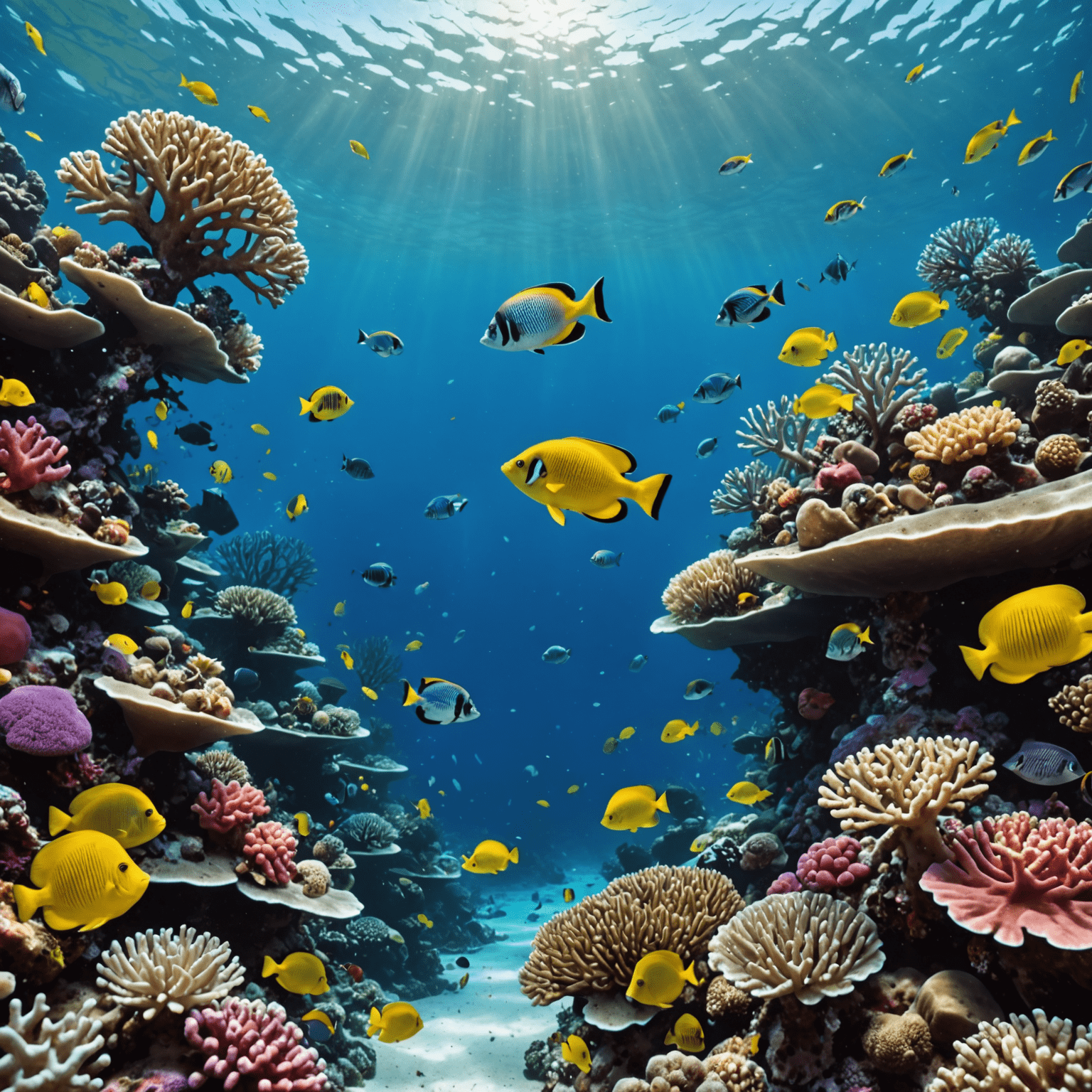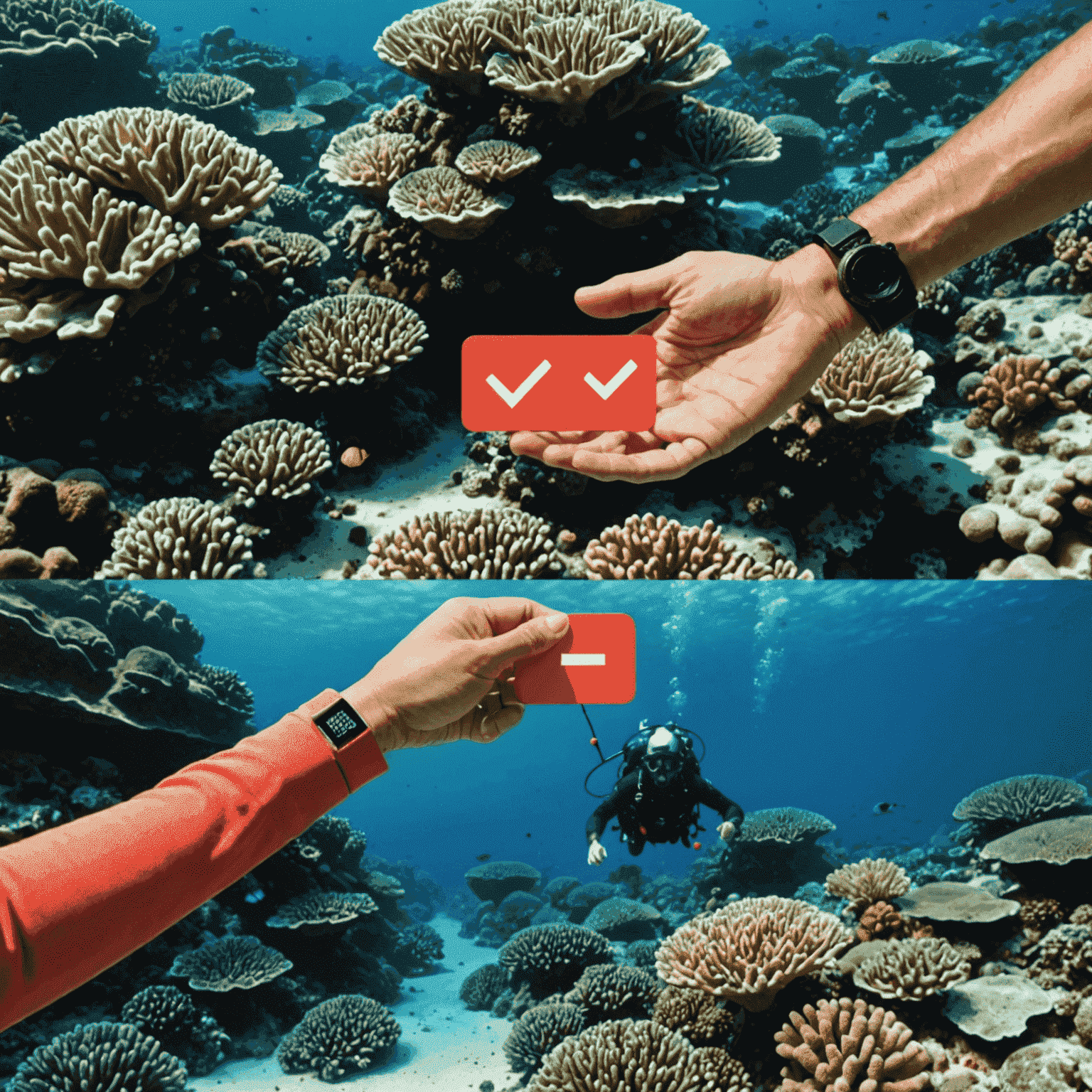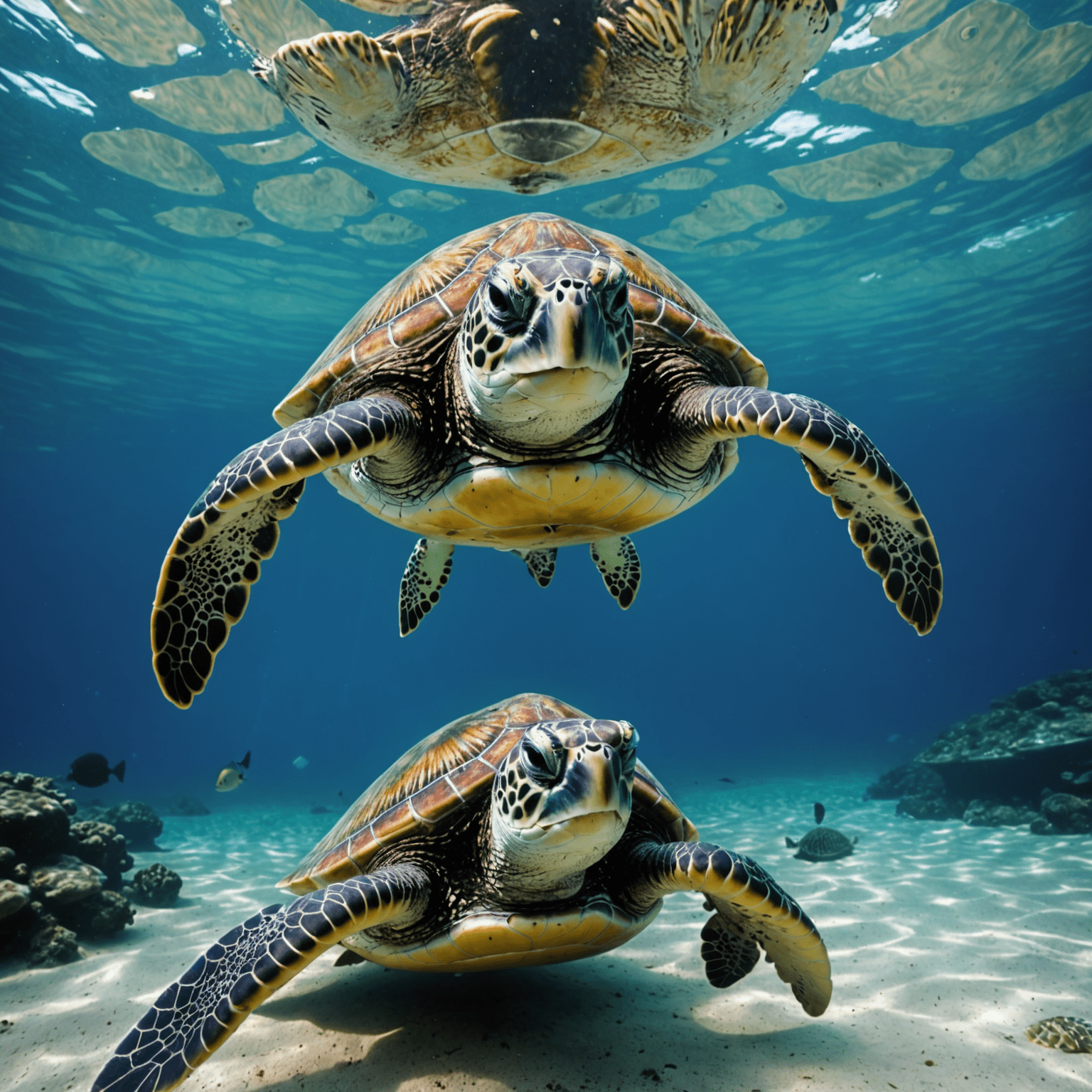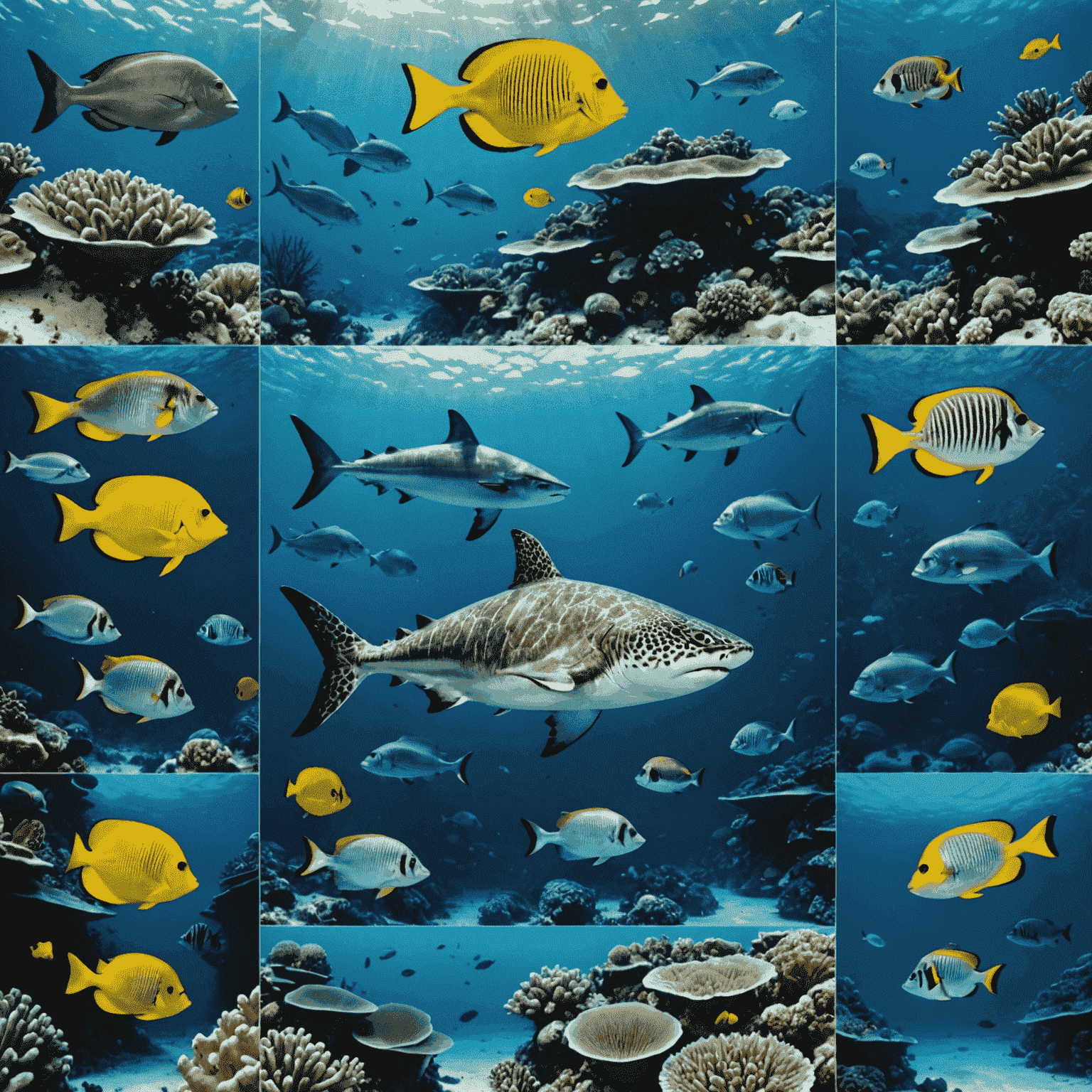Underwater Photography: Capturing Marine Life Ethically

As underwater photographers, we have the privilege of documenting the breathtaking beauty of marine life. However, with this privilege comes the responsibility to ensure our presence doesn't negatively impact the delicate ecosystems we're capturing. Here are essential guidelines for ethical underwater photography during marine life encounters.
1. Maintain a Respectful Distance
Always keep a safe distance from marine life. Use zoom lenses to capture close-up shots without invading the animals' space. This reduces stress on the creatures and prevents accidental damage to coral or other fragile marine structures.
2. Never Touch or Manipulate
It's crucial to resist the urge to touch, feed, or manipulate marine life for the perfect shot. This can cause stress, disrupt natural behaviors, and potentially harm the animals or their habitats.

3. Be Mindful of Your Buoyancy
Practice excellent buoyancy control to avoid accidentally bumping into or damaging coral reefs and other marine structures. Take the time to perfect your underwater skills before attempting photography in sensitive areas.
4. Use Natural Light When Possible
Minimize the use of artificial lighting, which can disturb marine life. When artificial light is necessary, use it sparingly and avoid directing it at animals' eyes. Natural light often produces beautiful, soft images that capture the true essence of the underwater world.
5. Be Patient and Observe
Instead of chasing animals for the perfect shot, be patient and let them come to you. This approach allows you to capture more natural behaviors and reduces stress on the marine life.

6. Educate Yourself on Marine Life
Learn about the species you're photographing, including their behaviors and conservation status. This knowledge will help you anticipate shots and understand how to minimize your impact.
7. Follow Local Regulations
Always adhere to local guidelines and regulations regarding marine protected areas and interaction with wildlife. These rules are in place to protect both the animals and their habitats.
8. Use Your Images for Conservation
Consider how your photographs can contribute to marine conservation efforts. Share your images along with educational information about the species and habitats you've captured, inspiring others to appreciate and protect our oceans.

By following these ethical guidelines, we can ensure that our passion for underwater photography contributes positively to marine conservation efforts. Remember, the most beautiful and impactful images are those captured with respect for the marine life and their habitats. Let's use our lenses to showcase the wonder of the underwater world and inspire its protection for generations to come.